Quick thread about Russian AWACS A-50/U aircraft.

️ .
All imperfections contained in the text are mine alone due to my limited experience in these fields (aviation and WRE).
I included only those facts that I considered to be beyond the common knowledge
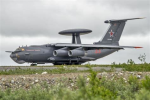
Until yesterday, the Russian Aerospace Forces had a fleet of 12 A-50s and 6 A-50Us. According to Ukraine's intelligence service Russia currently has only 8 A-50 and 6 A-50U
- A-50/U are stationed at P time at the Ivanovo-North airfield in the 610th Center for Combat Applications and Aviation Retraining Transport (two A-50 squadrons)
- at least two A-50s are out of service and stored in storage
- between 1978 and 1992, approximately 40 aircraft were built, including 3 prototypes
- 8 machines were identified in the air in recent years
- crew (comm. ): commander, senior navigator, 2 x navigator, senior guidance operator, 2 x guidance operator, communications engineer, 2 x radar engineer, (aviation): pilot-commander, co-pilot, navigator, flight engineer, communications engineer.
- modernization from A-50 to A-50U takes 12 months on average
- airframe lifespan estimated at 20,000 flight hours
- the radar system is powered by an AI-24UBE generator with a power of 480 kW, mounted in the landing gear fairing on the left side
- tight and EMP-protected operator's cabin (metal mesh, windows covered with gold foil) accommodates 10 positions
- the total weight of the equipment (including the radar) reaches 20 tons
- before turning on the radar, which occurs after starting the engines on the ground, the temperature must be set in the rear cabin at 15 degrees. This requires long-term cooling in summer and heating in winter. The radar starts working properly after reaching the ceiling of 3000 m.
- the radar antenna is in a 10.2 m diameter fairing mounted 3.2 m above the fuselage, near the aircraft's center of gravity
- the radar dome consists of two radio-permeable sections made of fiberglass and metal, with both the main radar antenna and the IFF identification system antenna installed inside.
- 3D radar uses a mechanically scanned antenna with a phased system and rotates at a speed of 12 rpm.
- is able to detect high-altitude targets at a distance of up to 650 km and low-altitude targets at a distance of up to 230 km.
- the radar horizon distance is 400 km
- the A-50 radar is also able to detect ground targets with radio contrast (e.g. a ballistic missile launcher at a distance of up to 300 km)
- ability to observe up to 300 air targets
- 50~500 MHz (SIGINT) and 0.5~18 GHz (ELINT) monitoring
- radar computer (s) provide further processing and grouping of the signal to determine the azimuth, height, range and direction of targets
- process data in real time, ensuring target detection, identification, display, and data transmission via communication channels and generating guidance commands for fighter aircraft
- under the control of a ground control center, A-50 data links can transmit selective tactical information, determined by a set of predetermined parameters, such as targets flying above or below certain altitude, targets located in a specific sector, or only targets identified as hostile, etc.
- the system displays information about targets in the form of labels next to the target mark on the indicator. The destination number (assigned by the operator) is displayed on the screen, azimuth, altitude, speed, self/alien designation
- guidance of up to 12 Su-24M, Su-27/35 & MiG-31 aircraft
- flight duration 4 hours, maximum take-off weight 190 tons, of which 60 tons is fuel, possibility of air refueling by Il-78M
- refueling from the Il-78M using the PAZ-1M suspended refueling unit, installed on the pylon under the wing of the Il-78M, in order to limit the impact of tanker turbulence on the radar dome. In-flight refueling extended the flight time to 7 hours
- equipped with a radiation warning system and infrared flares mounted on the sides at the rear of the hull
- equipped with a more modern navigation system compared to the basic Il-76MD. Provides automatic or semi-automatic flight along a set route and automatic movement within a given area. In addition to the "eight", the system provides automatic flight in two further profiles - "track" and "pendulum".
- a sophisticated control system allows you to make turns without tilt while flying along a programmed profile, to create optimal radar operating conditions by keeping the antenna plane at the same level.
Modernization to A-50U
- tests lasted until 2009 with a prototype with the number "33 red"
- the first modernized A-50 "47 Red", registration number RF-92957, was handed over to SPK in October 2011. Its modernization has been ongoing since 2008.
- second, "33 red", reg. no. RF-50602, manufactured by 1984, modernized and commissioned SPK in December 2012. Modernization since 2011.
- This "33 red" was the first aircraft to wear the new dark gray camouflage.
- the A-50U test program lasted 5 years; at least 800 test flights were performed
- crew stations are equipped with new high resolution liquid crystal displays, capable of displaying much more information than the old CRT monitors
- crew rest area, which includes a small kitchen and toilet - amenities not found in the old A-50
- ability to take off with a larger fuel supply, which allows for longer patrol time in the air
- new, more powerful processors with new software ensure detection and tracking of air targets in the tail sector of the A-50 at a much greater distance than before
- new, interference-resistant communication equipment
-
Radar fairing size, just to give you an idea of the size...
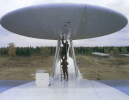


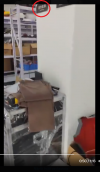
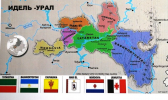

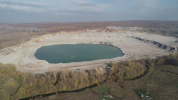



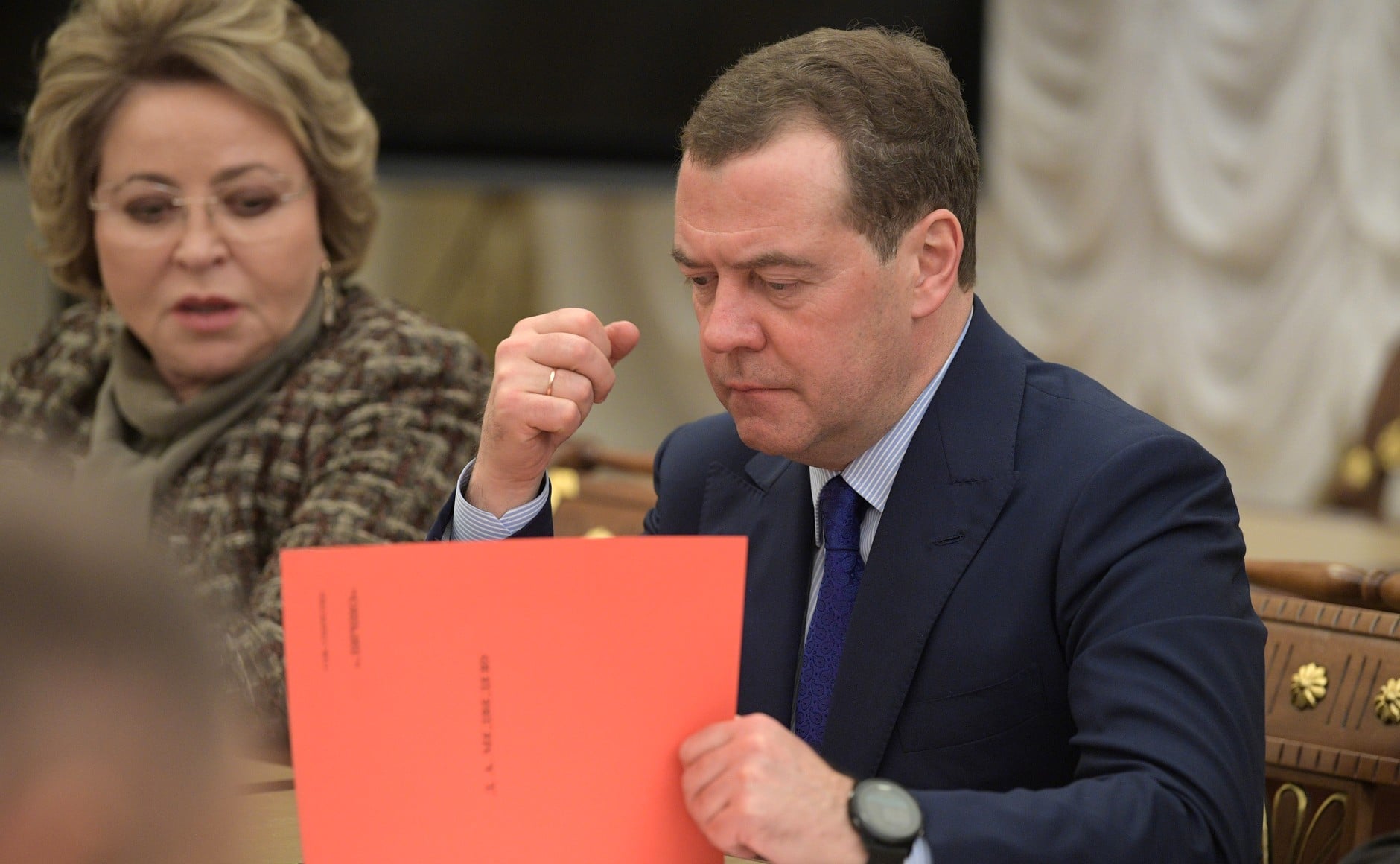

 ️ .
️ .


